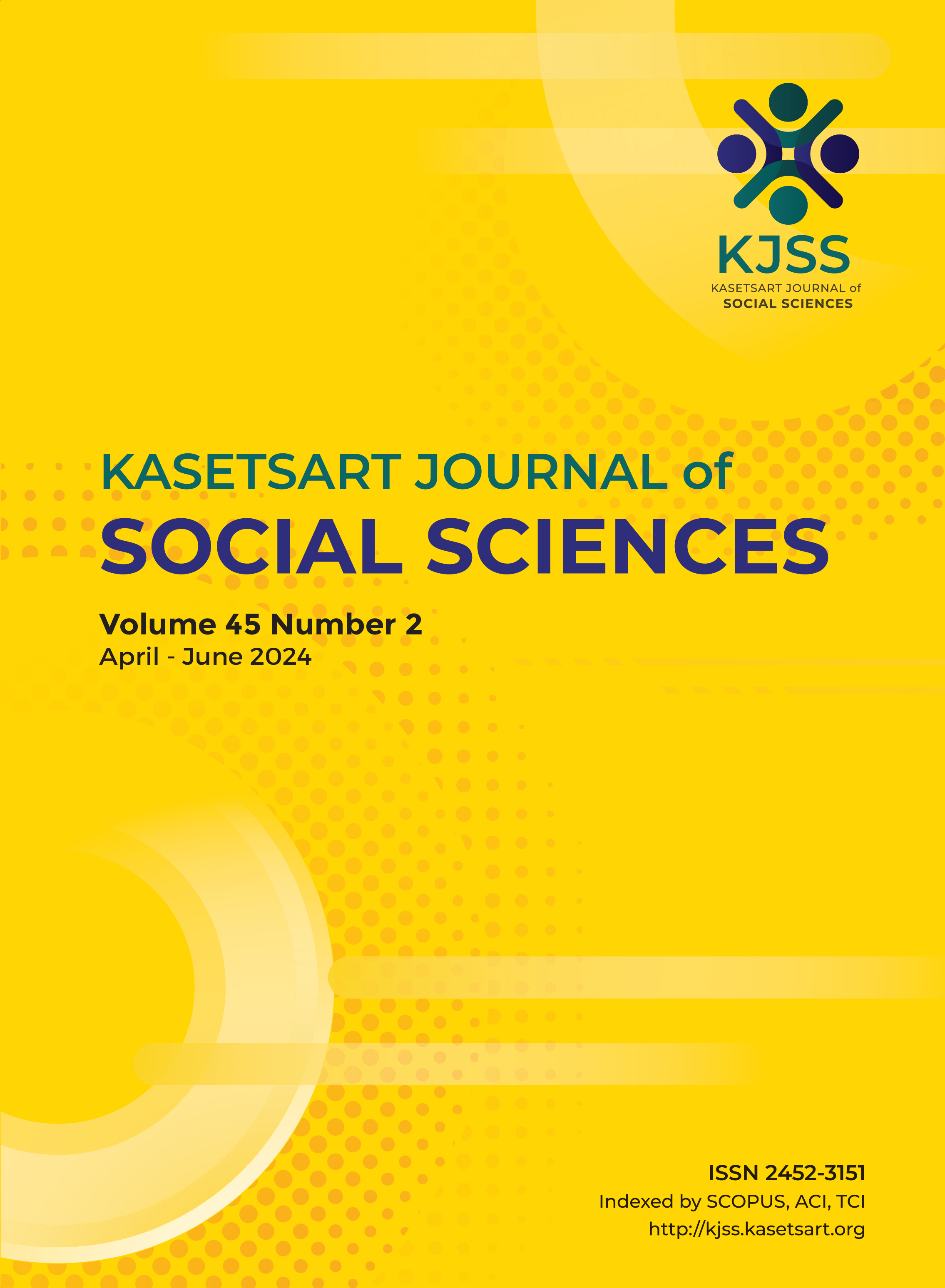Prevalence and factors associated with depression among junior high school students in Laksi district, Bangkok, Thailand
Keywords:
depression, junior high school, prevalence, risk factor, studentAbstract
The purpose of this study was to (1) examine the prevalence of depression; and (2) the difference between depressive and non-depressive junior high school students on socio-demographic factors. Socio-demographic data and the Thai version of The Patient Health Questionnaire for Adolescents (PHQ-A) were used as data collection instruments. Percentage was utilized to identify the prevalence, while chi-square test was used to analyze the difference between the 2 groups. The results demonstrated that of 508 students, including male (52.6%) and female (48.4%) recruited from high schools located in Laksi district, Bangkok, approximately 32 percent were depressed with PHQ-A cutoff point ≥ 10. Among these, there were moderate (19.1%), severe (9.6%), and extremely severe depression (3%). Chi-square test demonstrated statistically significant difference between the depressive sample and the counterpart on gender (χ2 = 23.937, p < .001), anxiety about academic performance (χ2 = 78.316, p < .001), parental status (χ2 = 10.764, p < .05), the resident’s father’s education (χ2 = 5.996, p < .05), the father’s occupation (χ2 = 5.996, p < .05), family financial problems, relationships between father and mother (χ2 = 14.993, p < .05), relationships between students and parents (χ2 = 27.979, p < .001), and relationships with friends (χ2 = 14.566, p < .05). Conclusion: adolescents in junior high school frequently experienced depressive symptoms. Early detection by screening depressive symptoms should be provided. Raising awareness on monitoring depression among teachers, parents, and health personnel is required to prevent their children suffering depression. Sociodemographics should be considered for screening procedure. School-based prevention programs including universal, selective, and indicated prevention are intervention recommended for children. Mental health programs or activities to prevent or decrease depression among adolescents should be developed through depression surveillance systems. Activities raising the quality of peer/parents’ relationship with high school students may be required for buffering depression.
Downloads
Published
How to Cite
Issue
Section
License
Copyright (c) 2024 Kasetsart UniversityThis is an open access article under the CC BY-NC-ND license http://creativecommons.org/licenses/by-nc-nd/4.0/










